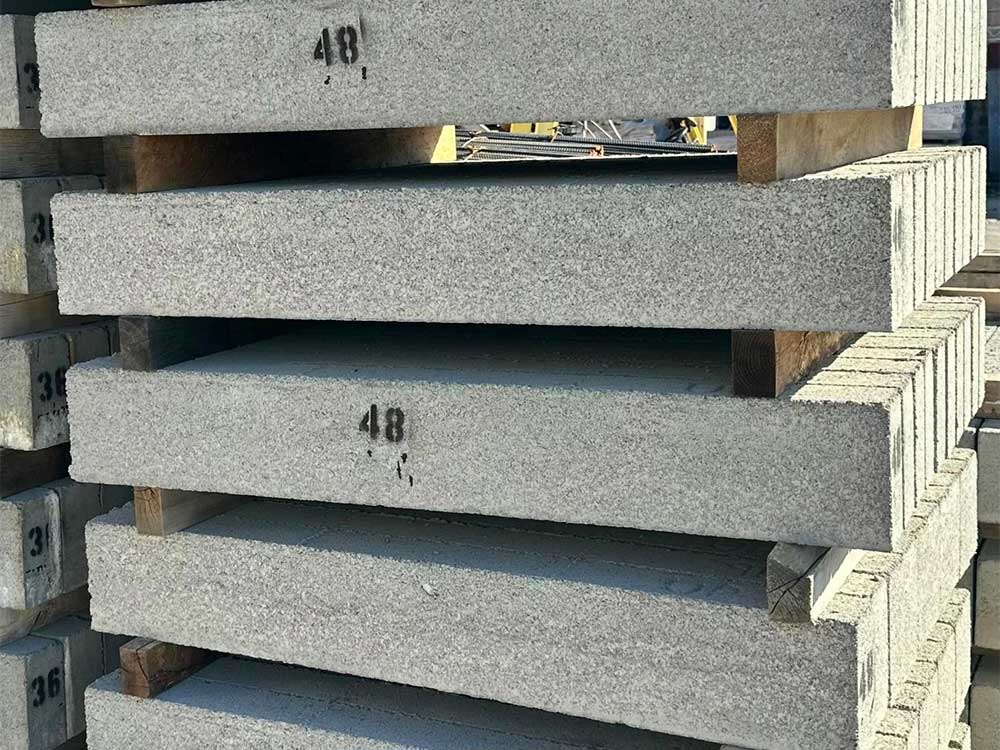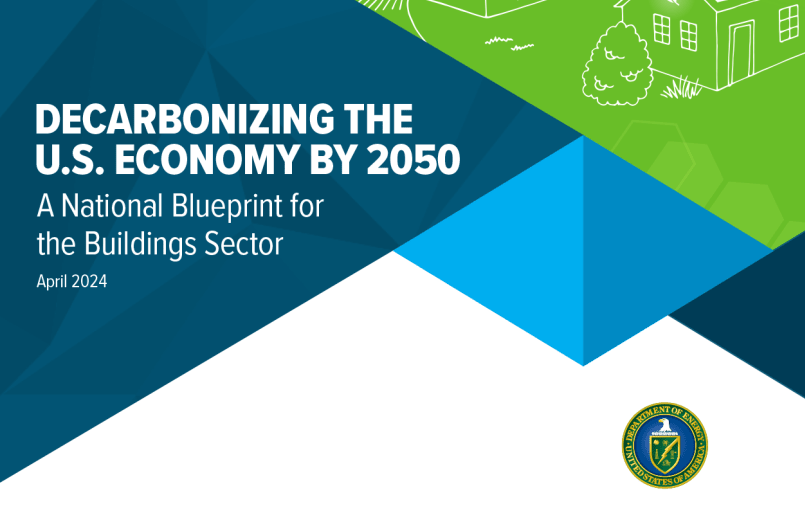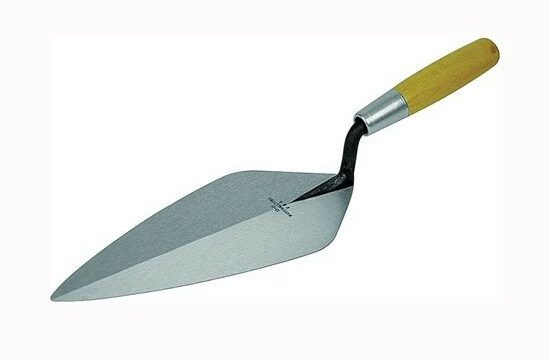Here’s Why Fiberglass Rebar Can Be A Solution To Your Infrastructure Problem
Concrete is a building material used since ancient times. Romans used it to build the Pantheon in 125 AD, which is still standing strong today. So while it is strong and long-lasting under compression, concrete is weak under tension. As such, we turn to steel to reinforce our concrete buildings. However, there is one big problem with steel – it rusts.
An alternative material, fiberglass rebar is receiving attention as the best solution to steel rebar. With a price cheaper than steel rebar and longevity in its service life, here is why fiberglass can be a solution to your infrastructure problem.
The Infrastructure Problem
Many buildings in today’s world were built with concrete reinforced with steel rebar. There are even more bridges that are constructed entirely out of steel. Steel is a strong material that keeps these structures standing; however, all steel is susceptible to the effects of corrosion.
Cement binds with a large amount of water and aggregate to form concrete. The moisture and the alkaline nature of concrete can corrode steel over time. When steel rusts, it expands, causing the concrete to crack or even break off. Rusted steel is brittle and weakened. This type of damage is commonly known as “concrete cancer” or “spalling.” Because salt aggravates the problem, corrosion is even more severe in coastal areas and roadways where salt is used to melt snow in the winter. Large bridges made of steel exposed to the elements of nature are susceptible to the same challenges.
Because of corrosion, the lifespan of concrete with steel rebar is only 50 to 100 years or less. Costly repairs are required to prolong the usable lifetime. When steel rebar is embedded inside the concrete, it is difficult to inspect it for corrosion. As a result, structural integrity may be compromised before visible signs like spalling.
Fiberglass Rebar as The Solution
The industry has tried many ways to solve this problem. One is to coat steel bar with a layer of protective coating. Although it is effective, it is expensive and time-consuming—the search to find a material that does not corrode continued. Now, the market is looking to Glass Fiber Reinforced Polymer (GFRP) rebar as the alternative.
Fiberglass rebar bonds firmly to concrete and increases the tensile strength of concrete. Research supports the replacement of steel rebar with fiberglass rebar in concrete structures.
Being a non-ferrous material, GFRP rebars are free from rust’s effects and maintain high performance in all climates. This ensures longevity, especially in the coastal regions. Fiberglass rebar is 75% lighter than steel rebar, and has higher fatigue resistance under cyclic loading. In addition, GFRP is non-conductive and is suitable for use in a wide range of industries, especially in medical or science facilities where electromagnetic sensitivity is something to watch out for.
As it is cheaper to manufacture fiberglass rebar now, it costs less than steel rebar. Considering the cost-savings in installation, low or zero maintenance costs, and improved service life, Fiberglass rebar certainly looks like the best solution to our infrastructure problems.

VP of Sales- Accessory DivisionMike Simon
Latest News
4 Features That Makes Masonry Supply Company Stand Out
A masonry supply company plays a crucial role in the success of construction projects, providing essential materials and expertise to […]

Choosing The Right Size Lintel For Your Project
Determining the correct size of a lintel is critical for the stability and longevity of your construction project. A lintel […]

Data Misses on Embodied Carbon
There is significant urgency to avoid, reduce, or even reverse the emissions of greenhouse gases (CO2e) to avoid the worst […]

4 Masonry Tools You Should Have At Home
Effective and efficient masonry work, whether for repairs or new projects, requires the right tools. At home, having a basic […]
